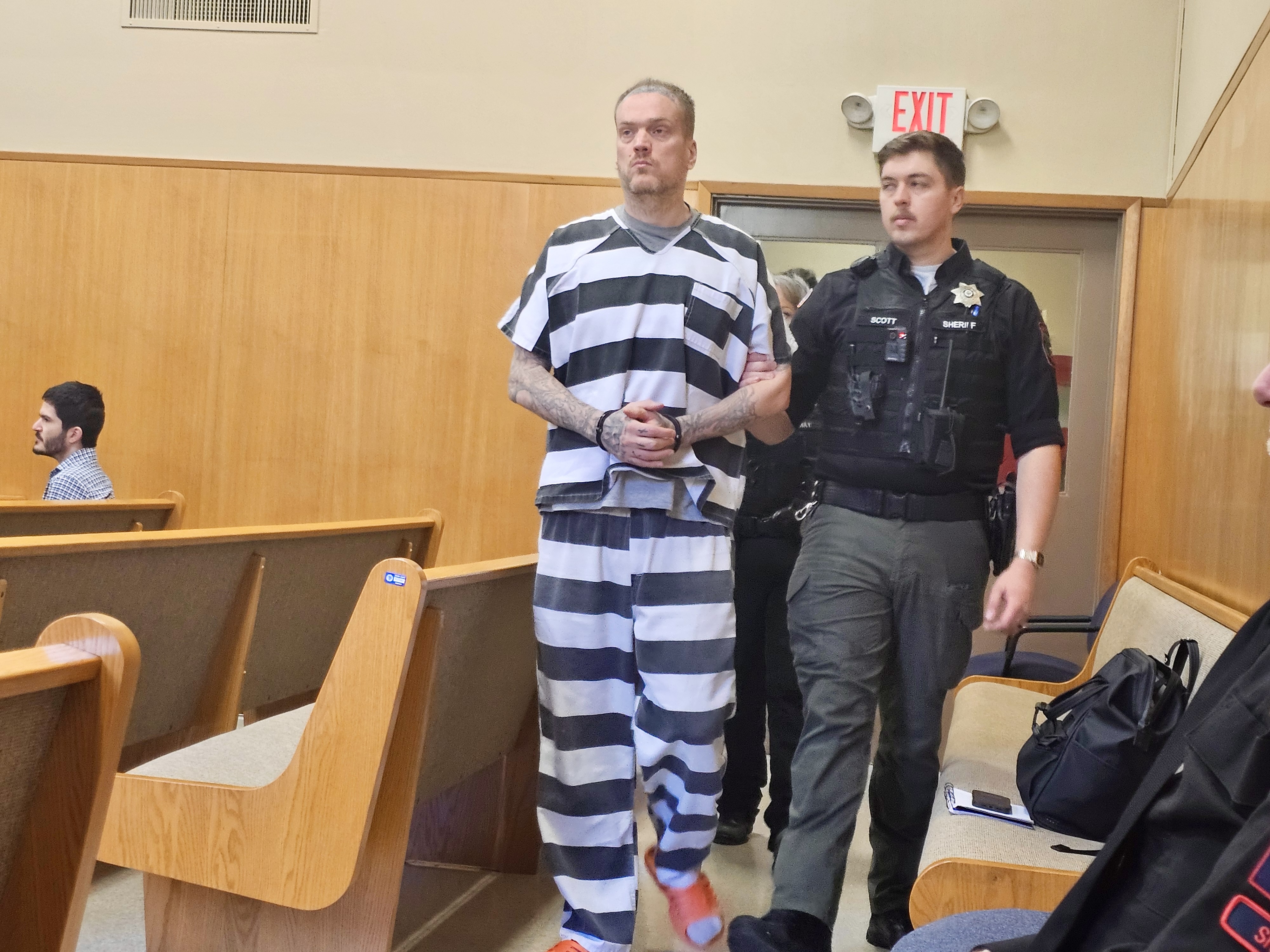Commentary: Hospice offers patients compassionate care
Published 5:00 pm Tuesday, April 12, 2005
Watching the Terri Schiavo case unfold, we received an education that many would no doubt rather not get. Through the news media, we’ve learned the mechanics of feeding tubes, the importance of advance directives and living wills. We’ve tried to understand the difference between a persistent vegetative state and a coma.
Trending
What we haven’t really been educated about is the hospice care of Mrs. Schiavo. Lurking close to the surface of Schiavo controversy, quietly simmering, is the false and dangerous illusion that hospice is a place that hastens death, that it and those who do hospice work are in some way accomplices.
Sure, we have gotten a glimpse of Woodside Hospice in Pinellas Park – we’ve watched the protestors outside, we’ve seen photos of the family huddling inside, we’ve learned that it’s where Mrs. Schiavo’s feeding tube was removed. But for too many, Woodside Hospice is still one of those mysterious places where people go to die.
Yet hospice isn’t “a place” at all. Hospice is a philosophy of care focused on pain relief and symptom management, and hospice is care given mostly in people’s homes. It can also be provided in a nursing home, assisted living facility, a hospital, – or, as in Mrs. Schiavo’s case – in an inpatient hospice facility.
Trending
No one is ever forced to use hospice care. People either choose hospice care themselves or their health care surrogate, designated as responsible for their best interest, makes the decision. A physician outside of hospice is also involved. He or she must certify that the patient’s illness is terminal and that life expectancy is six months or less.
Hospice clinicians are experts at providing comfort in the final months, weeks, days, hours and minutes. In many cases, there is time and opportunity to address family, spiritual and psychological concerns with hospice professionals, who work in teams that include physicians, nurses, social workers, physical therapists and clergy.
It is not unusual for those under hospice care to outlive their life expectancy of six months or less. In a study conducted by the University of South Florida, it was found that people with cancer who received hospice care lived an average of one day longer than the same patient, by age, gender and diagnosis, who were cared for in acute-care facilities such as hospitals.
Our ignorance of hospice isn’t surprising. On our nation’s health care timeline, it’s a relative newcomer, but it has been gaining in use each year.
The first U.S. hospice, an inpatient facility, opened in 1974. In 1978, there were about 1,000 people in the United States who died under hospice care. In 1983, it officially entered the mainstream when it became a Medicare benefit. By 2003, 885,000 people died under hospice care.
This year, close to a million people in the United States – or one-third of all who die – will die under hospice care.
Despite its monumental growth, there has been no widespread government outreach effort around publicizing the benefits of hospice care. Hospice physicians and nurses, in the midst of new technologies, therapies, drugs and procedures, march on, quietly accepting what no one to date has successfully escaped – death. They do this by helping the terminally ill die dignified deaths free from artificial life support or ineffective treatments. They employ the latest methods to relieve pain and control symptoms, but their mission is not to cure. Admittedly, in our culture that rejects illness and aging, that’s tough medicine for many to swallow.
No matter what your opinion of the Schiavo case, be happy that Mrs. Schiavo was cared for by people who have helped thousands of people experience a gentle and caring end. And know that the hospice in your community will not be making the decision of whether you will live or die, but if you should become seriously and terminally ill and choose hospice, know that the nation’s more than 40,000 hospice workers are committed to the highest quality comfort care under medical guidelines.
Jack D. Gordon is chairman of the Hospice Foundation of America. He served in the Florida Senate from 1972 to 1992. Contact him by email via atucci@hospicefoundation.org.









